Kegs, along with cans and bottles, are one of the most common formats for storage and distribution of beer.
However, within this category, there is a long list of containers, each with its advantages and disadvantages, that need to be defined more precisely. Let’s break it down.
The beer keg, according to Wikipedia, is the vessel designed to store beer. It’s that simple. But this overly generic definition requires us to delve a little deeper, as the keg has evolved considerably over history.
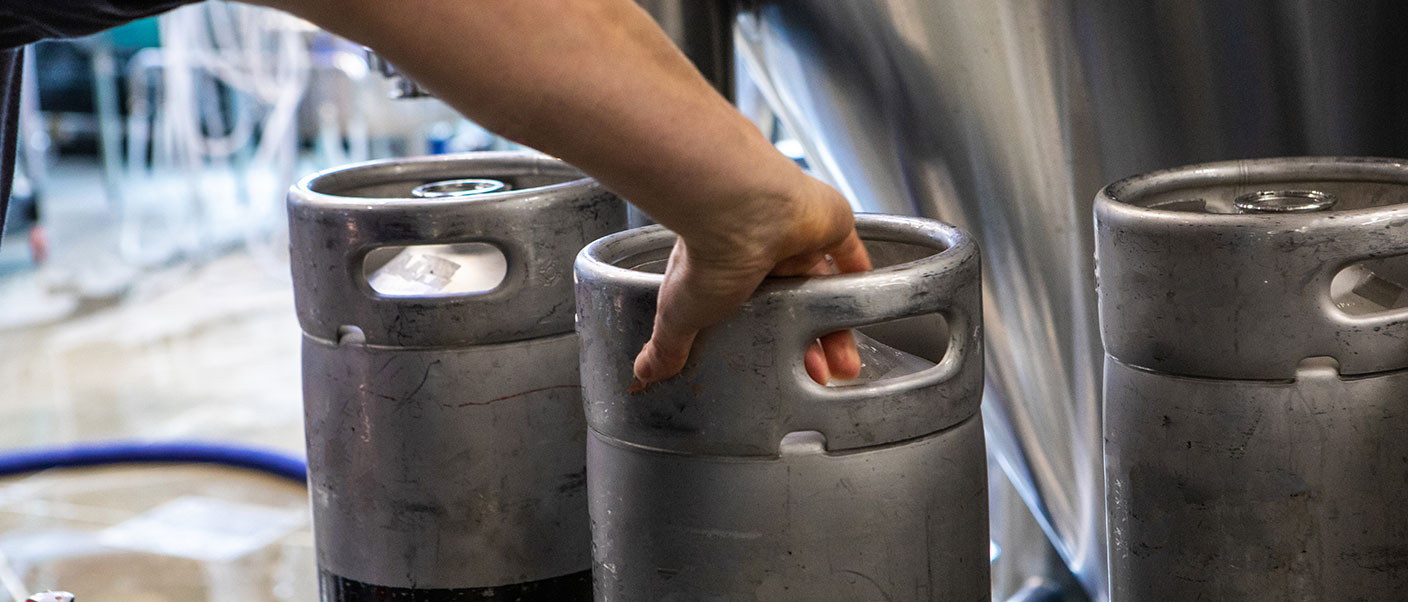
Evolution and functionality
In the past, kegs, barrels, casks, or whichever of these terms you prefer, were made of wood and constructed by artisans. Moreover, they were used for the transport of other products besides beer (wine, gunpowder, and even soap).
In the English-speaking world “barrel” is used to refer to a unit of measure, and the barrel container was known as a keg or cask. These containers, larger than individual recipients and with a cylindrical form, have evolved and currently are mainly made of metal, aluminium and other materials, such as plastic.
They have a single orifice with an interior tube that has a pressure valve that opens when a mechanism is coupled to it, an action known as “tapping the keg”, and this mechanism is what makes it possible to extract the beer and inject, through another valve on the same orifice, gas under pressure (carbon dioxide) so that the beer can be propelled out of the keg.
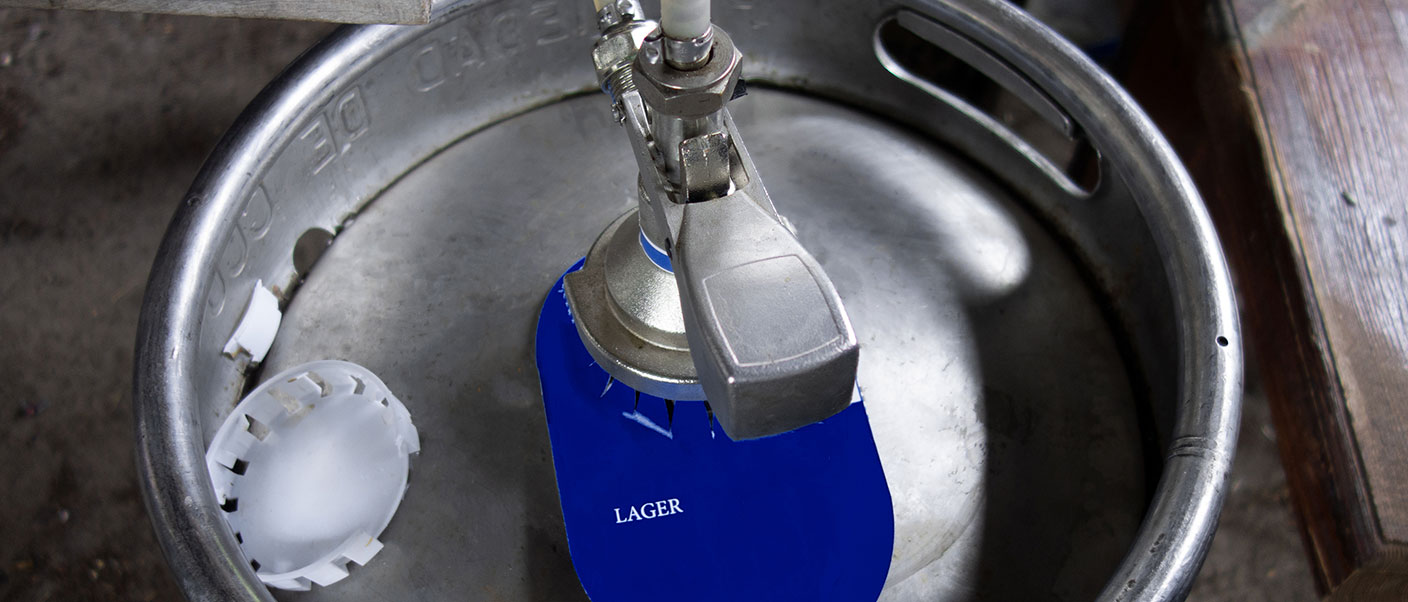
3 beer keg formats
Among the types of beer kegs, there are three broad groups that dominate the keg packaging market.
1. Stainless steel or “returnable” kegs
This class of kegs is no doubt the one we are most familiar with, because they are typically visible behind the bar or stacked up in any pub. Their main material is stainless steel, and they allow transport and conservation of the beer under perfect conditions until consumption.
They have a higher cost, due to the expense associated with their cleaning and collection, and they weigh more and, therefore, have a greater impact on transport. Nonetheless, one of their main advantages is that they can be reused.
Within this group, there countless sizes, formats and regulations depending on their place of origin, because not all countries use the same units of measure, keg sizes having evolved over time.
In the United States, they are measured in inches and their contents in gallons, while in Europe, this tends to be in litres. So,
En Estados Unidos se miden en pulgadas y el contenido en galones, y en Europa suelen ser en litros. Así,
– The Standard European (EU) keg typically has a capacity of 50 litres (532 mm height and 408 mm width), even in the United Kingdom (where their standard keg of 11 imperial gallons coincides with the 50-litre one); but a more recent regulation defines barrels of 50, 30, 25 and 20 litres, and these have a squatter appearance than the German ones.
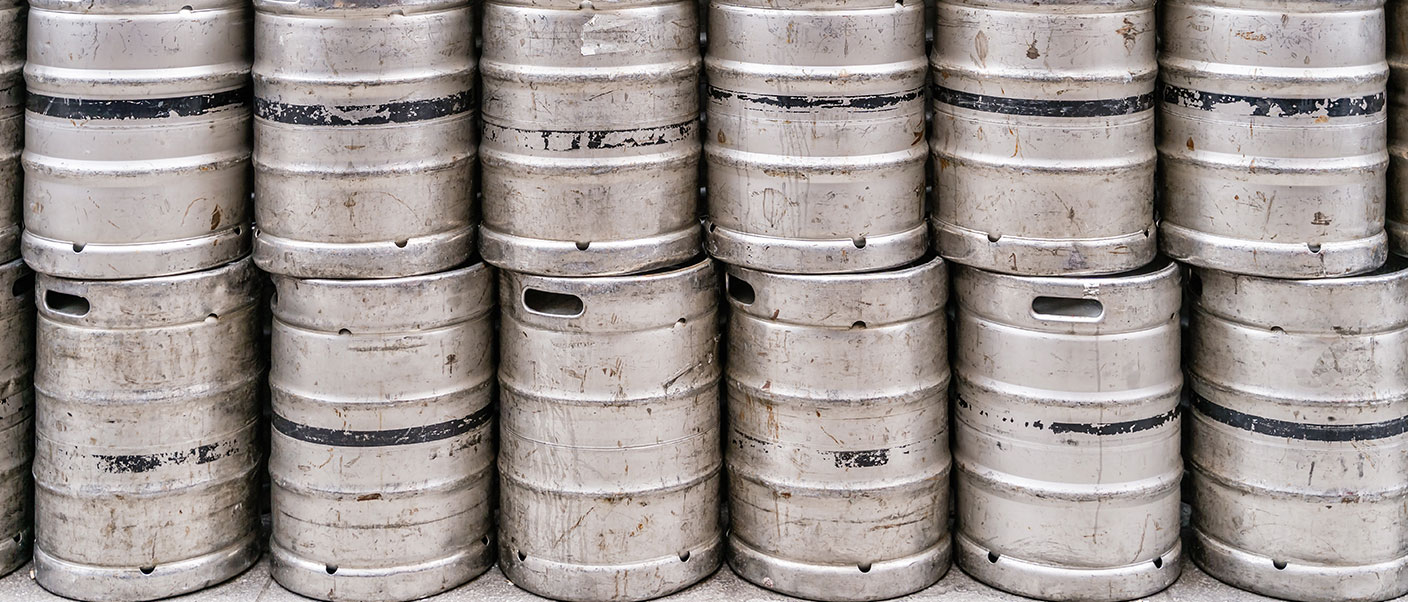
– Standard German (in DIN diameter), the regulations for which establish 20- and 30-litre barrels (400 mm height and 381 mm diameter).
– Standard North American (US). The majority of brewers sell beer in half-, quart- and sixth- barrels. The barrels are not standardized and cannot be used as a standard unit of measure for liquid volume. The terms half-barrel and quart-barrel come from the fact that, legally, a keg of beer contains 31 US gallons. A container that holds 15.5 US gallons (half-barrel) is equivalent to:
- 7 imperial gallons
- 67 imperial quarts
- 25 imperial pints
- 124 US pints
- approximately 180 bottles/cans of beer (33 cl)
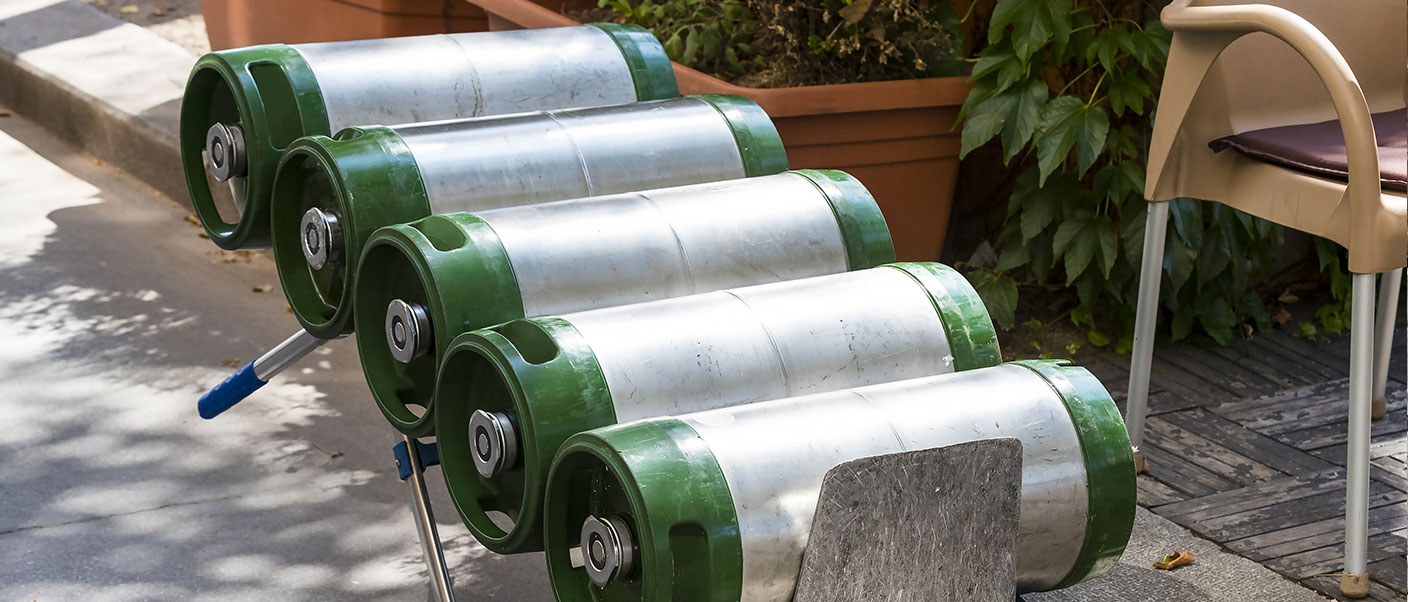
2. One-Way Kegs (single-use)
Like the abovementioned stainless-steel kegs, these single-use, non-returnable kegs are capable of preserving 100% of the quality of the beer.
One-way kegs are a considerably more manageable and inexpensive solution, especially for microbreweries that are just getting started and prefer a less ambitious investment, as the cost of stainless-steel kegs is much higher. The distribution system for these non-returnable kegs is more flexible, and they weigh considerably less.
The sticking point with one-way kegs is the issue of recycling, as brewers are ultimately under pressure in this sense.
Some models are:
- Dollium non-returnables with a longer useful life similar to that of stainless-steel kegs. They are very safe and compatible with any filling and dispensing system.
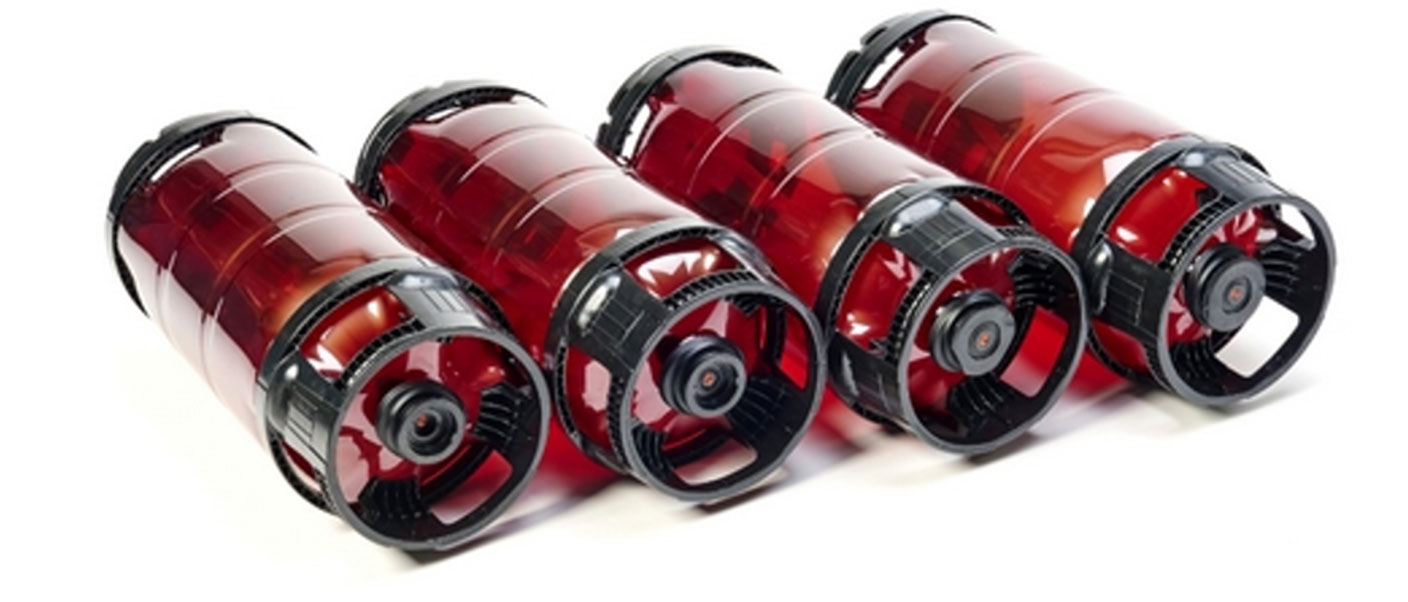
- Petainer is the keg prototype of the leading company in the PET container sector, whose line is mainly focused on the craft sector. Its plastic kegs are made with barrier and UV protection properties. It is fully recyclable, disposable and lightweight. In addition to beer, it also is used for packaging carbonated beverages (ciders, waters, etc.).
- Key keg is one of the most revolutionary formulas in recent times. In collaboration with One Circle, it is part of a circular recycling system. Its disposable system for beverages is ideal for bars and restaurants. Bag-in-Kegs, or bags with laminated interiors, keep beverages intact even longer than stainless steel kegs. They prevent oxidation, are very safe as a result of the safety valve that maintains the pressure, and easily stacked to occupy less storage space.
- PubKeg is the 100% recyclable plastic model with a pressure valve patented by Rehrig Pacific.
3. Mixed Kegs
Lastly, and no less effective, are mixed kegs. They are returnable, but their unique feature is that they are not cleaned and reused but rather contain a replaceable inner bag.
The EcoFass Keg solution makes it possible to store beer and other beverages (even oils). They contain an inner EcoFass bag that makes maintains the contents under vacuum conditions without spillage. These bags, made of plastic, maintain the product for between one and three months, and aluminium bags extend shelf life up to one year.
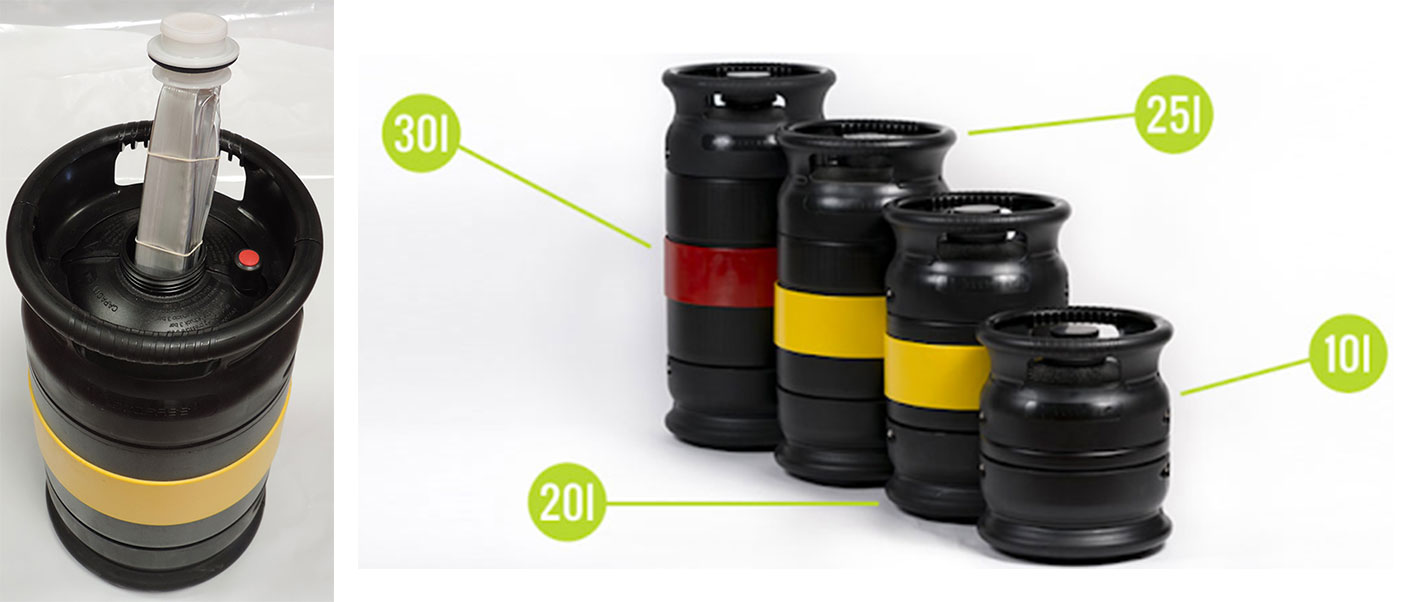


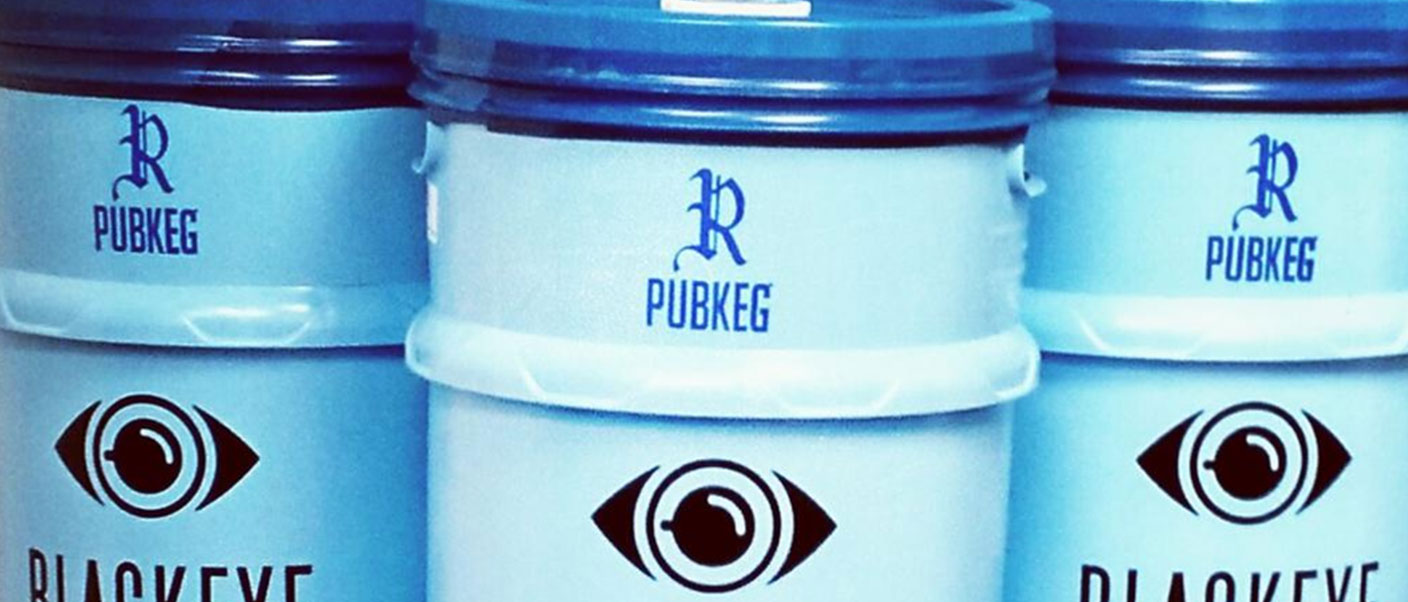







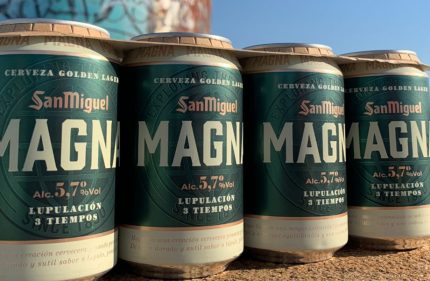
Comments